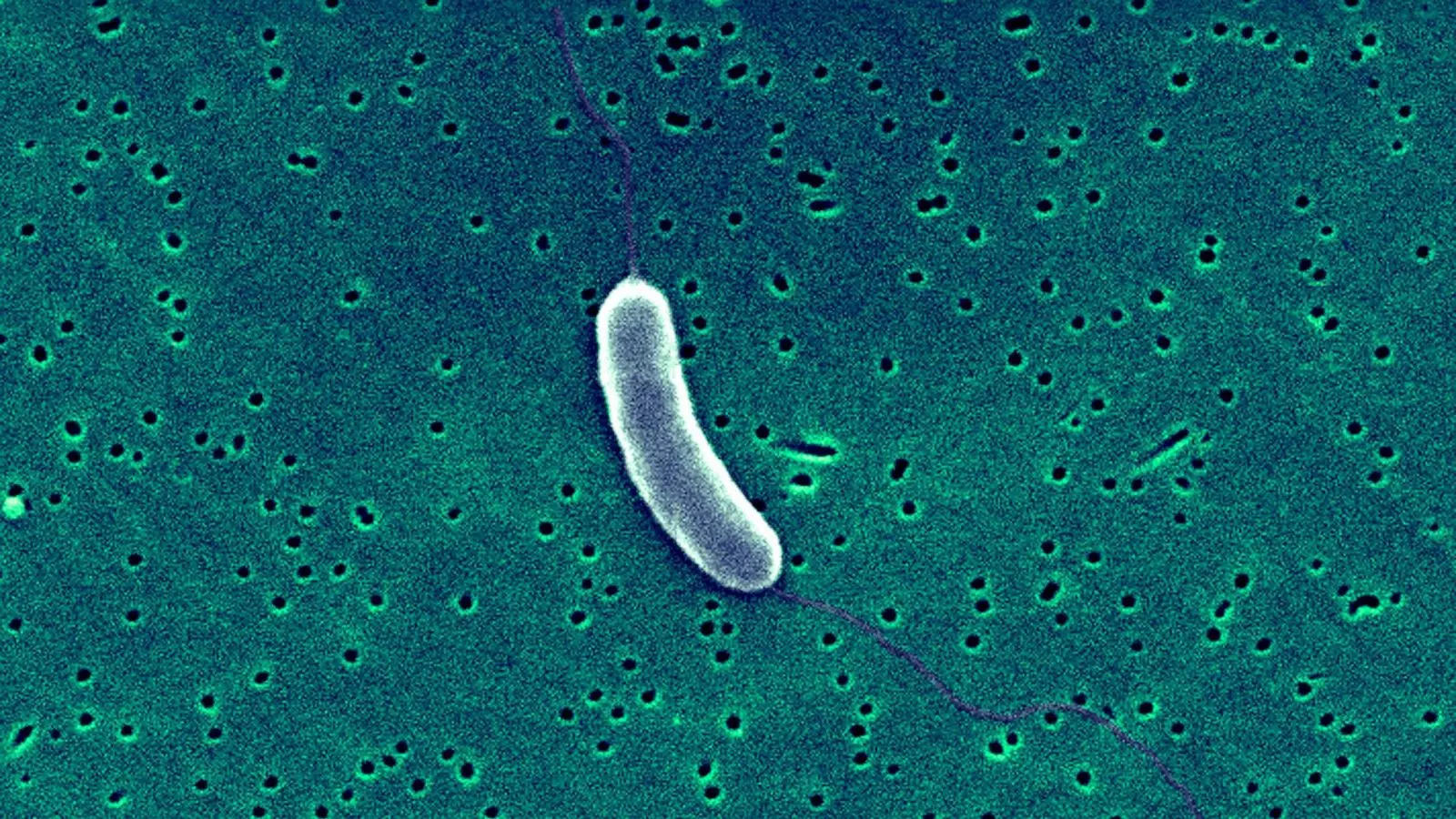A health alert has been issued by The Centers for Disease Control and Prevention in response to reports of a fatal bacterial infection thriving in warm coastal waters.
The Vibrio vulnificus bacteria can be found in raw or undercooked seafood, as well as in saltwater and brackish water. The primary route of infection occurs when an open wound comes into contact with vibrio bacteria in the water.
At least a dozen people have died from this infection across the country this year. Annually, about 80,000 people contract vibrio infections in the U.S., with approximately 100 deaths attributed to the infection, according to the Centers for Disease Control and Prevention.
As ocean temperatures rise due to climate change, studies have shown that Vibrio vulnificus is moving northward.
“The warmer the water, the faster bacteria can reproduce,” explained Gabby Barbarite, a researcher at Florida Atlantic University’s Harbor Branch Oceanographic Institute in Fort Pierce, Florida, speaking to USA TODAY.
Research published in March in the journal Nature Portfolio indicated an eightfold increase in infections from 1988 to 2018 nationwide. The bacteria and associated infections are spreading north along the East Coast at a rate of about 30 miles per year, researchers have observed.
“In the past, cases were primarily concentrated in the Gulf of Mexico in the southern United States,” noted Dr. William Schaffner, an infectious disease expert at Vanderbilt University, earlier this year.
“Vibrio vulnificus is actually always present in water,” stated Manisha Juthani, commissioner of the Connecticut Department of Public Health, during a news conference on Monday.
“In the summertime, bacteria like this tend to proliferate, and if you have an open wound, you should avoid getting into water because there are numerous bacteria present in the water,” she cautioned.

Vibrio vulnificus, or vibriosis, is a bacterial infection known to cause human illness, according to the CDC.
While the condition has been dubbed “flesh-eating” bacteria, it’s important to note that multiple types of bacteria can cause tissue death.
It is inaccurate to describe Vibrio vulnificus as “flesh-eating” because it kills tissue without consuming it. The bacteria cannot penetrate intact skin but require a break in the skin to enter.
If the bacteria enters the body through a cut or wound, it can lead to necrotizing fasciitis, in which the tissue around the infection site dies. The term “vulnificus” translates to “to wound” in Latin.
Some Vibrio vulnificus infections can result in life-threatening wound infections causing tissue death around an open wound, according to the CDC.
Many infected individuals may require intensive care or even limb amputations, and about 1 in 5 who contract the infection die, sometimes within a day or two of becoming ill, the CDC reports.
Vibrio bacteria naturally inhabit specific coastal waters year-round but tend to proliferate at higher levels between May and October. About 80% of infections occur during these warmer months due to high water temperatures, according to the CDC.
Most cases of Vibrio vulnificus occur when an open wound comes into contact with saltwater or brackish water. Additionally, ingestion of raw or undercooked shellfish accounts for about 10% of reported cases to the CDC.
Individuals with underlying health conditions such as cancer, liver disease, diabetes, or compromised immune systems are at increased risk of developing a wound infection.
Common signs or symptoms associated with Vibrio vulnificus infection, according to the CDC, include:
- Watery diarrhea, often accompanied by stomach cramping, nausea, vomiting, and fever.
- For bloodstream infections: fever, chills, dangerously low blood pressure, and blistering skin lesions.
- For wound infections, which can spread throughout the body: fever, redness, pain, swelling, warmth, discoloration, and discharge.
